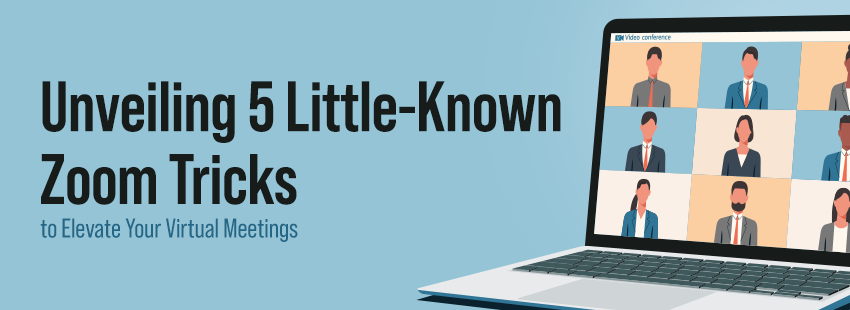How to Create Your Very Own IT Roadmap
Following the latest trends in business technology doesn’t ensure that you’ll make your company more efficient or improve your client services. Instead, you need to take a realistic look at your current technology. You need to identify your needs and work toward established goals.
Creating your very own IT roadmap will help you focus on the objectives that matter most to your business without spending more money than you can afford.
If you’re ready to create your own IT roadmap, start with these steps.
Identify your current processes and tools
Before you can make a roadmap, you have to know where your journey begins. Identify your current processes and tools so you can make an inventory of everything you have. Your inventory should include software, hardware, and recurring subscriptions you may have (Office 365 licensing, Adobe licensing, printer leasing costs, etc). Depending on your IT infrastructure, your hardware might include:
- Computers
- Routers
- Switches
- Servers
- Peripheral devices
- Mobile devices
Note the specific model and age of each item. You’ll need this information later.
Establish your priorities
A roadmap needs to include your destination. Establish your priorities so you know where you want to go. Many want to focus on increasing productivity, especially since it isn’t rising nearly as quickly as expected.
Other priorities that you might want to identify include:
- Improving collaboration between employees.
- Attracting more customers with impressive services.
- Adding security to your network.
- Maintaining better contact with existing customers.
- Streamlining your delivery process.
Priorities can vary significantly by industry and company. You need to find the ones that matter most to you.
Create a timeline
Creating a realistic timeline helps ensure that your team will complete projects on time. Without a schedule, even simple projects can stretch on for months. If you’re not sure what constitutes a reasonable timeline, then you should talk to an IT consultant that has experience helping companies create IT roadmaps.
Set an IT budget
Your IT roadmap should help you control how much you spend on new technologies. You can’t do that without setting an IT budget that lets you update current tools and invest in the future.
The amount of money that you set aside for your IT improvements depends on several factors. Don’t assume that spending more money means that your company will become more successful. Many SMBs fall into that trap.
You do, however, want to make sure that you invest enough in IT to make your business processes more efficient and improve your IT security. In the long run, investing in those two categories will probably give you the biggest ROI.
Plan for the future
You don’t know what tools you will have and threats you will face in the future. Instead, you can use emerging trends to plan for the future. For instance, if you know this year’s most influential malware trends, you can plan a defense against these new strategies. Similarly, if you learn that one of your favorite applications is merging with another company, you should anticipate changes so you can adapt quickly.
Include those plans in your IT roadmap so you can stay ahead of your competitors.
Review your IT roadmap annually
Your IT roadmap will change over time. As technology evolves, you shift your priorities and new security concerns emerge. Set aside time to review your IT roadmap at least once per year. Ideally, you should include your managers and IT professionals in the conversation. They may have valuable ideas that will shape the direction of your IT priorities.
Related: How an IT Consultant Can Change Your Business
Build a better roadmap with KJ
IT roadmaps show you how to reach your destination. Since your business keeps changing, your destinations will also change. If you create a reliable IT roadmap, you should find that you can adjust to those changes without any major disruptions.
Talk to our team of professionals to get started on building yours today.





